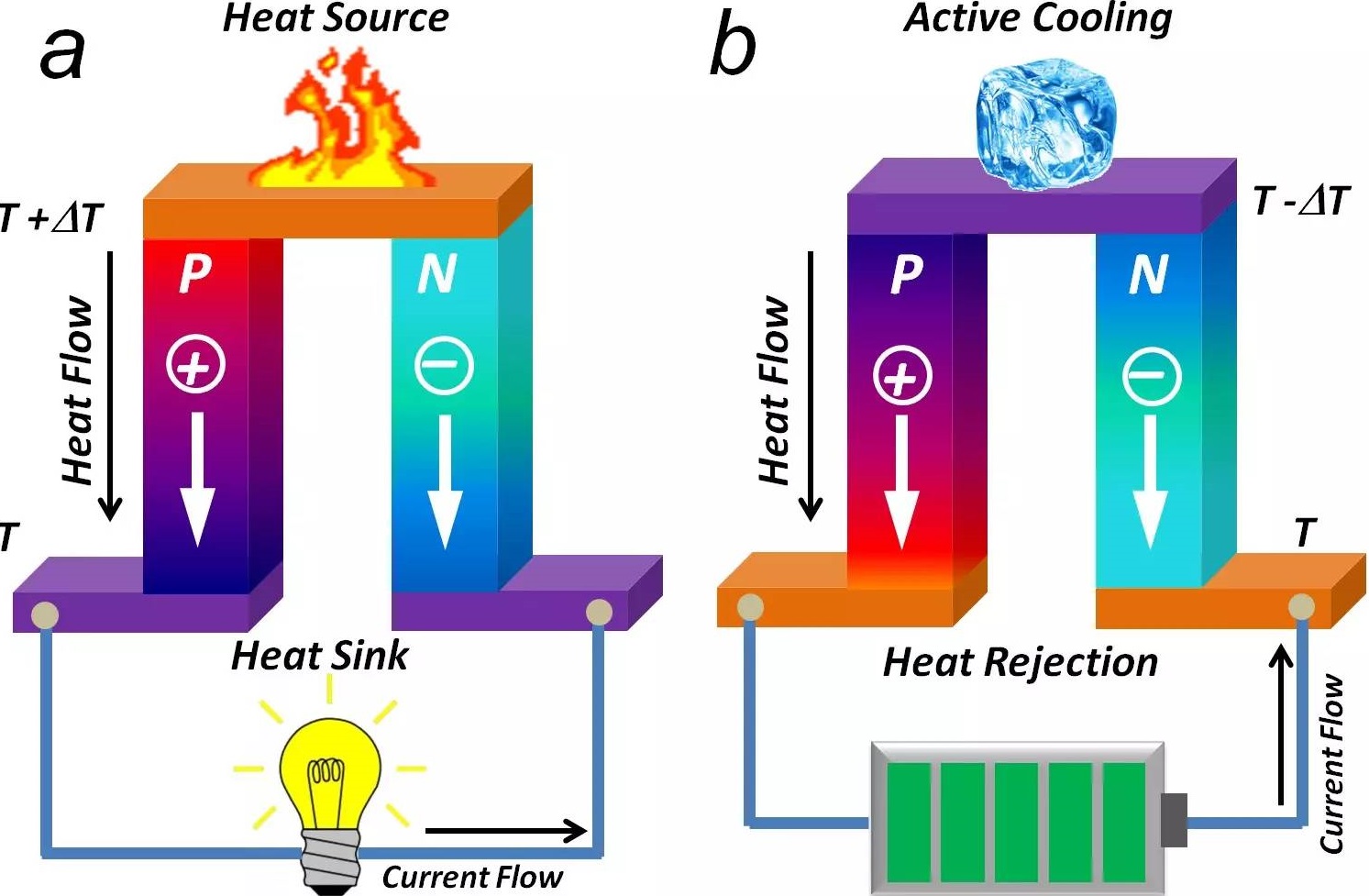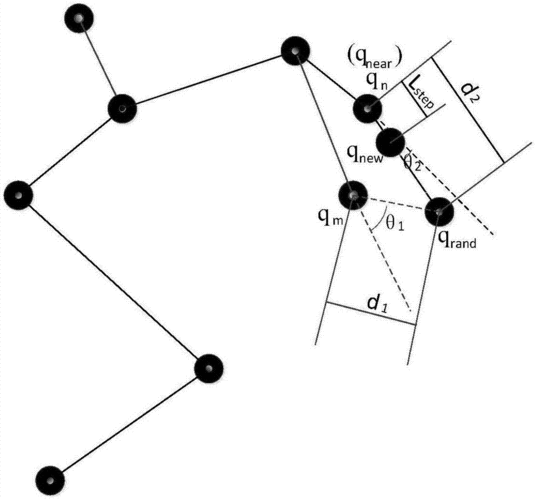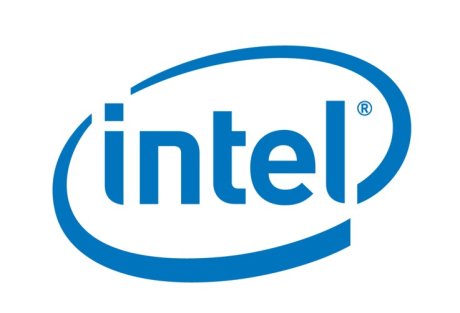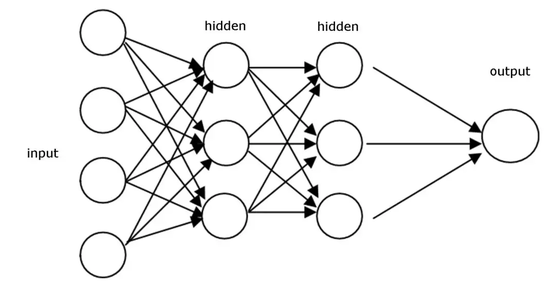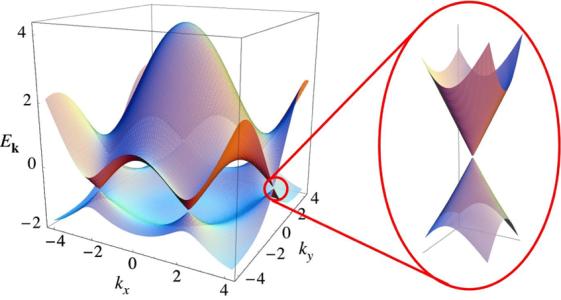With the continuous consumption of fossil fuels and the rising pressure on the environment, the development and utilization of renewable energy have received tremendous attention in the energy research field worldwide. Among them, solar energy has gained great interest due to the advantages such as high capacity, global distribution, sustainability, environmental friendliness1,2,3. Solar–thermal technology is regarded as the most efficient and direct way to harness solar energy. It has already been adopted in multiple fields such as domestic heating4,5, steam generation6,7,8, seawater desalination9,10 and solar–thermal power plants11. Among them, solar–thermal–electric conversion is recognized as one of the most promising technologies to convert solar energy into electricity and such technology has been implemented in many industrial fields12,13,14. Unlike photovoltaic systems, solar–thermal–electric conversion systems store solar energy as heat in thermal storage materials. Therefore, these systems do not need the installation of electrical batteries, which not only simplifies the structure of the system but also significantly reduces the associated cost.
In solar–thermal–electric conversion systems, thermoelectric materials that enable direct conversion between thermal energy and electrical energy through the Seebeck effect have been extensively investigated15,16. The thermoelectric energy conversion efficiency depends on the dimensionless figure of merit ZT = S2σTk−1, where S, σ, T and k are the Seebeck coefficient, electrical conductivity, average absolute temperature and thermal conductivity, respectively17. It can be seen that a high temperature is beneficial for achieving a large figure of merit for the thermoelectric materials. To improve the performance of the solar–thermal–electric systems, considerable efforts had been devoted to adding concentrators18,19,20, designing heat sink21 and optimizing the cooling section22,23,24. Although many novel solar–thermal–electric convertors have been designed and fabricated, continuous and stable solar–thermal–electric conversion is still challenging. The research on solar–thermal–electric systems with high-performance solar–thermal storage systems was rarely reported. In fact, solar energy is strongly affected by weather, season, day and night, which causes the discrepancy between energy demand and supply. In order to overcome the inherent shortcomings of solar radiation such as intermittency, low energy density and uneven distribution, solar–thermal–electric conversion systems require the installation of extra thermal storage subsystems. The thermal storage materials within these subsystems are charged during day time, and the charged thermal energy can be released to maintain normal operation of the solar–thermal–electric systems day and night25,26,27,28,29. Therefore, an efficient solar–thermal storage subsystem becomes an essential component for the high-performance solar–thermal–electric systems.
Thermal storage materials are mainly divided into sensible thermal storage materials and latent thermal storage materials. Compared to the sensible thermal storage materials, the latent thermal storage materials have larger heat storage capacity and narrower heat-releasing temperature range, which can greatly increase the heat storage capacity and reduce the volume of the storage system. Current latent thermal storage materials, however, generally have a low thermal conductivity, which severely limits the thermal storage efficiency of the system and hinders its practical applications. In the past, tremendous efforts have been devoted to enhancing the thermal conductivity of phase change materials through direct incorporation of high-thermal-conductivity materials such as carbon materials30,31, metal foam32,33,34 and nanoparticles35,36,37,38,39. These approaches are suitable for the organic phase change thermal storage materials systems at low temperatures, it is challenging to implement in molten salts at medium-to-high temperatures40. Recently, we reported a novel movable charging method by using a magnetically-responsive photothermal mesh, which doubles solar–thermal energy harvesting rates while maintaining storage capacity of high-temperature molten salt phase change materials41.
In this work, by taking the advantage of fast charging under the movable charging mode we demonstrated a novel solar–thermal–electric energy harvesting system containing a solar–thermal storage subsystem and a thermoelectric conversion subsystem. In the solar–thermal storage subsystem, high-temperature molten salts were used as the phase change thermal storage material. Magnetically-responsive solar–thermal conversion meshes (MSCMs) were used to absorb solar energy and charge the molten salts under a movable charging mode. The surface of MSCMs was wrapped by graphite and PDMS (polydimethylsiloxane), which achieved high solar absorption and good compatibility with the high-temperature molten salts. The MSCMs can efficiently convert solar energy into heat to melt the molten salts, and its porous structure allows the mesh to quickly pass through the melted salts under the attraction from the magnet placed beneath. The incident sunlight penetrated through the melted liquid molten salts to rapidly advance the solid–liquid charging interface, thereby realizing rapid movable charging. By connecting the charged solar–thermal storage subsystem to a thermoelectric generator, we demonstrated that the harvested solar–thermal energy within high-temperature molten salts could produce sufficient electrical power to light up multiple light-emitting diodes (LEDs). Compared to conventional static charging systems, the movable charging led to increased voltage output and prolonged duration of electricity generation after removal of solar illumination.

